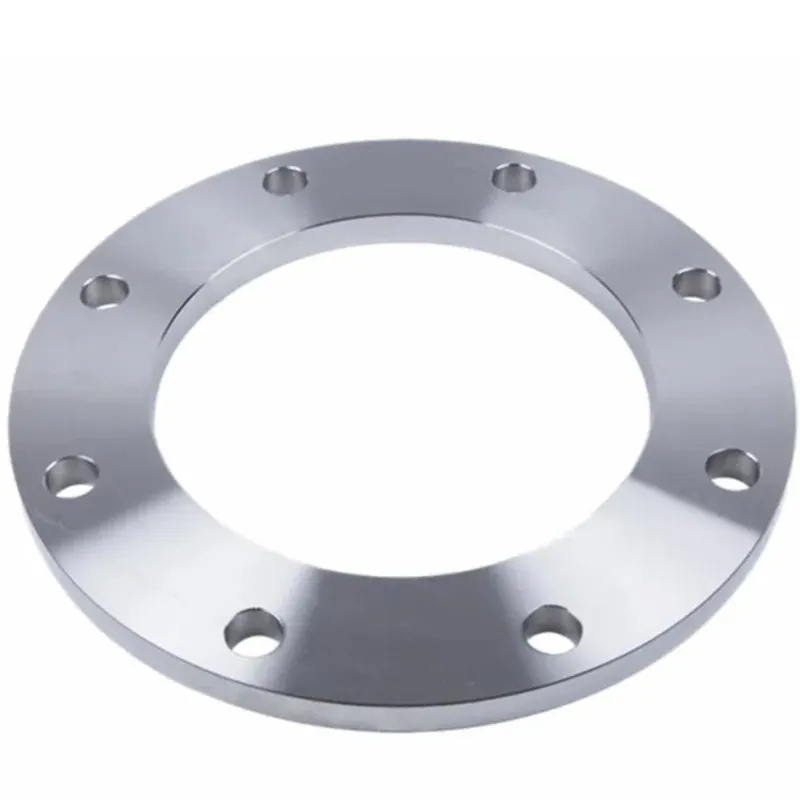-
Cangzhou Yulong Steel Co., Ltd.
-
Phone:
+86 13303177267 -
Email:
admin@ylsteelfittings.com
- English
- Arabic
- Italian
- Spanish
- Portuguese
- German
- kazakh
- Persian
- Greek
- French
- Russian
- Polish
- Thai
- Indonesian
- Vietnamese
- Zulu
- Korean
- Uzbek
- Hindi
- Serbian
- Malay
- Ukrainian
- Gujarati
- Haitian Creole
- hausa
- hawaiian
- Hebrew
- Miao
- Hungarian
- Icelandic
- igbo
- irish
- Japanese
- Javanese
- Kannada
- Khmer
- Rwandese
- Afrikaans
- Albanian
- Amharic
- Armenian
- Azerbaijani
- Basque
- Belarusian
- Bengali
- Bosnian
- Bulgarian
- Catalan
- Cebuano
- China
- China (Taiwan)
- Corsican
- Croatian
- Czech
- Danish
- Esperanto
- Estonian
- Finnish
- Frisian
- Galician
- Georgian
- Kurdish
- Kyrgyz
- Lao
- Latin
- Latvian
- Lithuanian
- Luxembourgish
- Macedonian
- Malgashi
- Malayalam
- Maltese
- Maori
- Marathi
- Mongolian
- Myanmar
- Nepali
- Norwegian
- Norwegian
- Occitan
- Pashto
- Dutch
- Punjabi
- Romanian
- Samoan
- Scottish Gaelic
- Sesotho
- Shona
- Sindhi
- Sinhala
- Slovak
- Slovenian
- Somali
- Sundanese
- Swahili
- Swedish
- Tagalog
- Tajik
- Tamil
- Tatar
- Telugu
- Turkish
- Turkmen
- Urdu
- Uighur
- Welsh
- Bantu
- Yiddish
- Yoruba

Oct . 20, 2024 21:11 Back to list
Different Types of Flanges Illustrated with Images and Descriptions
Types of Flanges with Pictures A Comprehensive Guide
Flanges are essential components in piping systems, used to connect pipes, valves, pumps, and other equipment to form a complete system. They provide a mechanical means of fastening and are designed for strength, durability, and ease of use. This article will explore various types of flanges, highlighting their characteristics, applications, and some visual representation to enhance understanding.
1. Weld Neck Flange
The weld neck flange is one of the most widely used types in industries. It features a long neck that allows it to be welded to the pipe, forming a strong connection. This flange is suitable for high-pressure applications and is often used in industries like oil and gas, chemical manufacturing, and power plants. A notable characteristic of the weld neck flange is its ability to distribute stress evenly across the connection.
 *(Imaginary Link)*
2. Slip-On Flange
Slip-on flanges are designed to slip over the end of a pipe, making installation straightforward. They are generally welded both on the top and bottom to secure the connection. This type of flange is ideal for low-pressure applications and is commonly used in water and sewage systems. Slip-on flanges are cost-effective and can be used for various pipe sizes.
 *(Imaginary Link)*
3. Blind Flange
Blind flanges are used to seal the end of a piping system. They do not have a hole in the center, making them perfect for blocking off a pipeline or for access points during maintenance. Blind flanges can withstand high-pressure applications and are made of various materials, including steel, plastic, and aluminum. Common uses include pressure vessels and manifold connections in various industries.
 *(Imaginary Link)*
Socket weld flanges are designed for small diameter pipes, typically under 2 inches. The flange is recessed into the flange, allowing the pipe to be inserted. It is then welded both inside and outside, creating a strong bond that can handle high pressures. These flanges are often used in settings where pressure and stress are crucial, such as in chemical processing and steam applications.
types of flanges with pictures

 *(Imaginary Link)*
5. Threaded Flange
Threaded flanges have internal threads that allow them to be screwed onto the pipe. This eliminates the need for welding, making them easy to install and remove. They are ideal for low-pressure systems and can be made from a variety of materials. Industries often use threaded flanges in situations where welding isn’t feasible.
 *(Imaginary Link)*
6. Lap Joint Flange
Lap joint flanges consist of two components a backing flange and a lap joint stub end. This design allows for easy alignment and disassembly, making them beneficial in applications requiring frequent maintenance. They are typically used in low-pressure systems and industries like oil and gas, where ease of access is important.
 *(Imaginary Link)*
7. Ring Type Joint Flange (RTJ)
Ring Type Joint flanges are designed for high-pressure applications and feature a groove for a metal ring gasket. This design allows for a tight seal, making them suitable for the oil and gas sector. The RTJ flange is known for its resistance to leakage and can withstand extreme pressure and temperature variations.
 *(Imaginary Link)*
Conclusion
Flanges play a crucial role in ensuring the integrity and efficiency of piping systems across various industries. Understanding the different types of flanges helps engineers and designers select the right flange for their specific application, ensuring safety and reliability. Whether for high-pressure systems or basic water installations, the right flange type can significantly impact operational performance. This guide has covered the primary types of flanges, and the accompanying visual aids can further assist in identifying and understanding their applications.
Latest news
-
ANSI 150P SS304 SO FLANGE
NewsFeb.14,2025
-
ASTM A333GR6 STEEL PIPE
NewsJan.20,2025
-
ANSI B16.5 WELDING NECK FLANGE
NewsJan.15,2026
-
ANSI B16.5 SLIP-ON FLANGE
NewsApr.19,2024
-
SABS 1123 FLANGE
NewsJan.15,2025
-
DIN86044 PLATE FLANGE
NewsApr.19,2024
-
DIN2527 BLIND FLANGE
NewsApr.12,2024
-
JIS B2311 Butt-Welding Fittings LR/SR 45°/90° /180°Seamless/Weld
NewsApr.23,2024











